This article will delve into the Bitcoin L2 ecosystem, providing two relatively less frequently mentioned projects: Tectum and BEVM.
Written by: TechFlow of Deep Tide
As the Fomo sentiment around Bitcoin inscription becomes increasingly heated, issues such as high network fees and slow settlement speed are becoming more prominent.
The narrative in the crypto world is like a cycle, with major discussions about Bitcoin's performance issues taking place many years ago, and various scaling solutions emerging at that time.
Solutions such as increasing block space, sidechains, and the Lightning Network gradually emerged and have been in a lukewarm state.
But now, with the urgent need for inscription transactions, the market has once again awakened the desire to expand Bitcoin; related solutions have once again become the focus of the narrative.
Among them, BTC-based Layer 2 (L2) is beginning to emerge.
The most obvious trend is the rapid influx of funds. Some Bitcoin L2 projects that previously did not attract much attention have also seen dividends. For example, veteran Bitcoin L2 projects such as STX and Rif saw increases of 93.6% and 38.7% respectively in the past week.
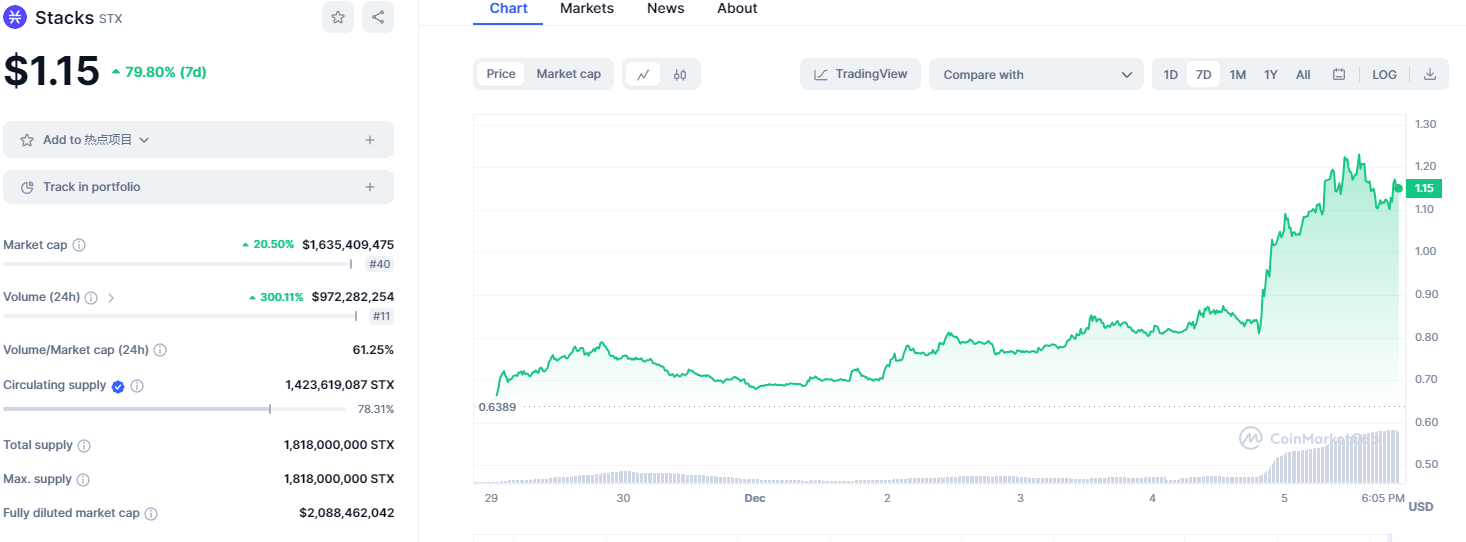
Most of the Bitcoin L2 projects on exchanges have been discovered by the market. Are there any earlier Alpha projects worth paying attention to?
This article will delve into the Bitcoin L2 ecosystem, providing two relatively less frequently mentioned projects: Tectum and BEVM.
1. Tectum: A bill transfer system independent of BTC
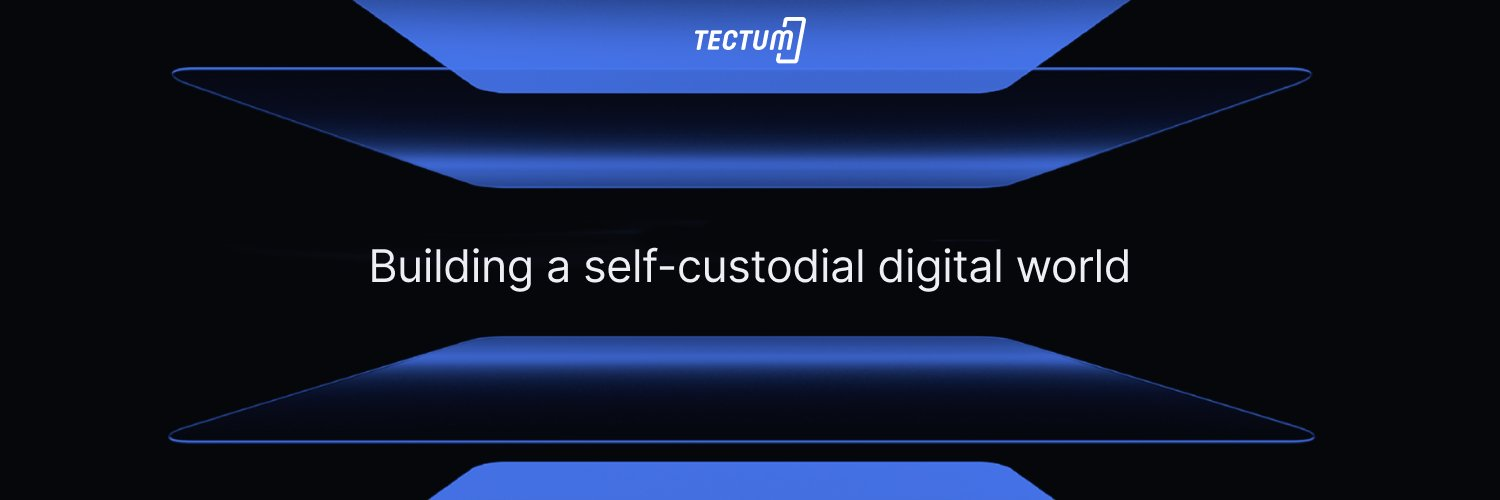
Tectum Softnote is a BTC Layer 2 scaling solution that provides instant and free cryptocurrency transfers anywhere in the world.
How does Tectum achieve these functions?
Before understanding Tectum Softnote, it is necessary to understand Tectum.
Tectum is a complete set of distributed ledger protocols, its ecosystem includes Tectum Blockchain, Tectum Wallet, Tectum Token (TET), Tectum SoftNote, and 3FA identity authentication applications.

Tectum Blockchain uses a proprietary record change signature management algorithm—HashDrive. This algorithm can achieve a transaction speed of over 1 million times per second and provide instant event state transmission and ownership updates across blockchain networks, as well as distributed access levels to functional system modules.
In simple terms, this algorithm can achieve fast transaction speeds, and the blockchain adopts a layered structure, storing raw data at lower levels, thus achieving a balance of high security and speed.
This structure makes Tectum a coverage network solution for blockchains such as Bitcoin, avoiding congestion and high costs in the native network. Based on this technology, Softnote was born.
Softnote is a new tool based on the Tectum blockchain that enables fast transactions without incurring any fees. Let's understand how it operates through the usage tutorial of Softnote:
Create a Softnote wallet—Tectum uses wallets generated by Bitcoin nodes.
Mint SoftNote bills—Minter (Mt) spends TET to mint SoftNote bills, each bill is assigned a unique serial number, and currently SoftNote can only be minted on the Tectum Softnote platform.
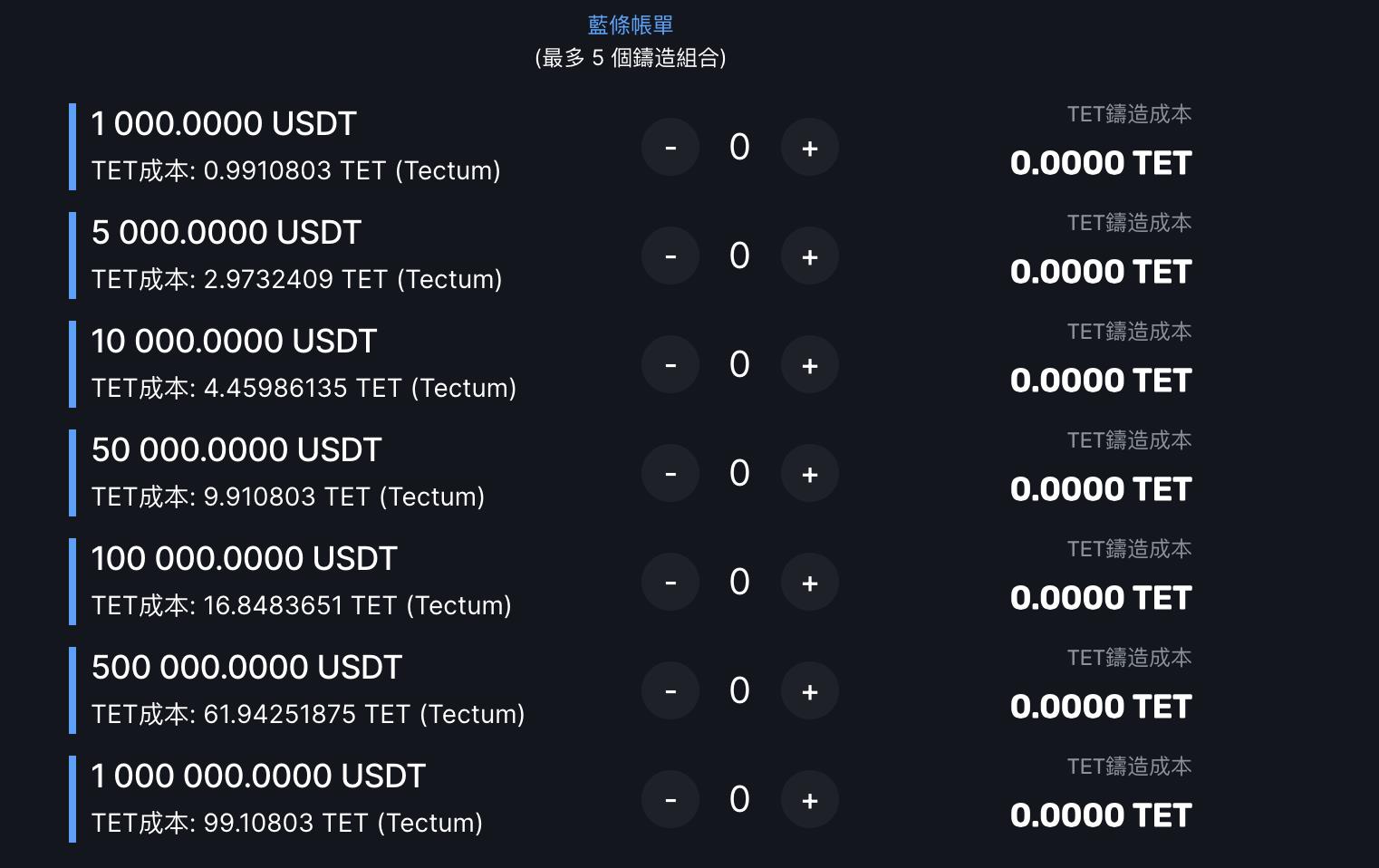
Provide liquidity—Liquidity providers (LP) transfer BTC/Crypto to their desired BTC/Crypto wallet to fill SoftNote bills.
Issue into circulation—Liquidity providers sell the SoftNote bills they hold to end users at different bill face values.
Generate revenue—End users use bills for purchases, and if used for transactions, the recipient needs to pay a maximum fee of 1%.
Transfers between users can be completed via email and will not be recorded on the Bitcoin blockchain. Therefore, SoftNote can achieve zero-cost, instant transactions with complete privacy.
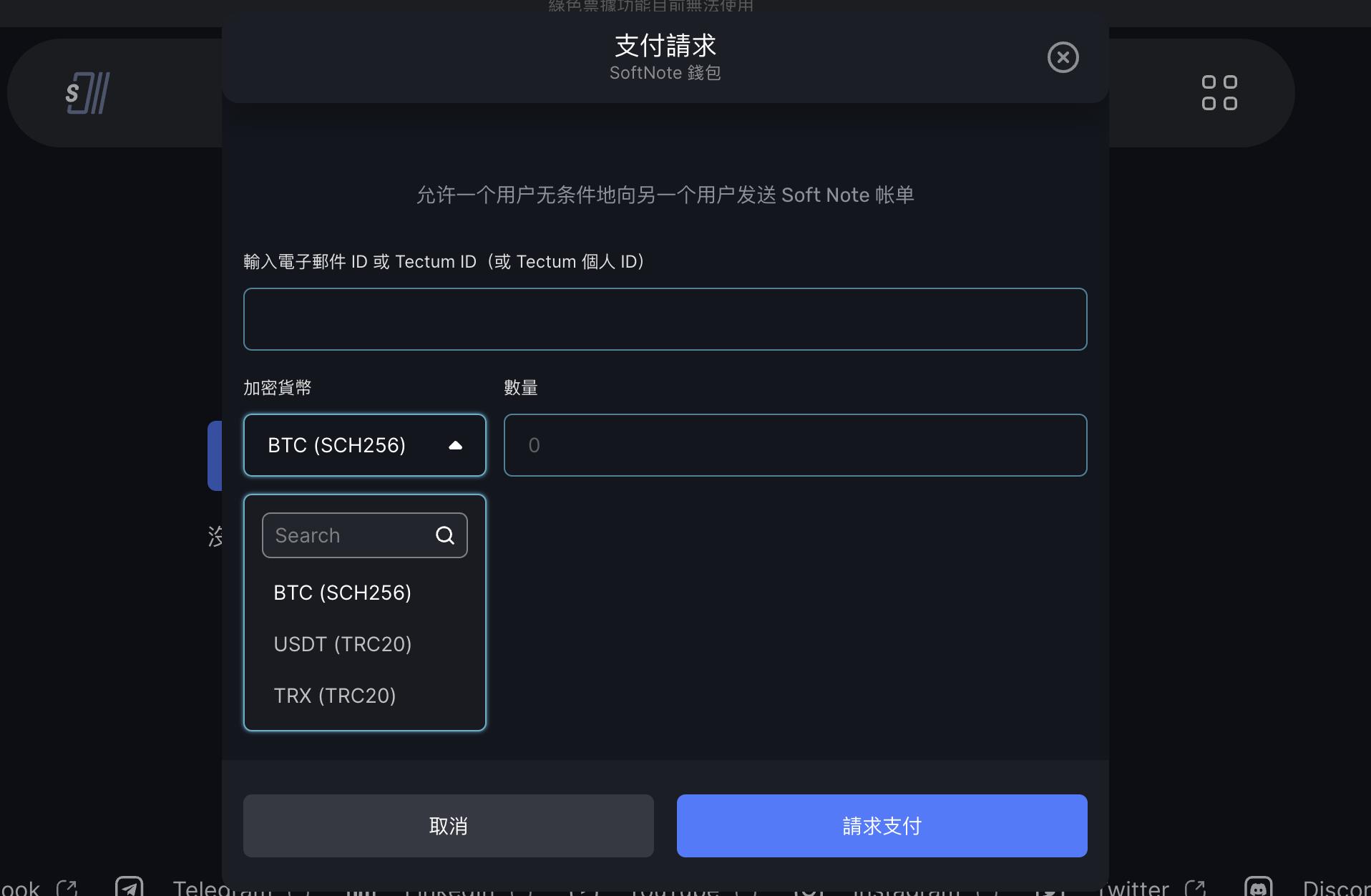
Essentially, Tectum SoftNote creates its own "bill credentials" outside the BTC network for transfers and transactions between users.
- Tectum Token Economy
Tectum (TET) token is the native token of the project. As mentioned above, it has the function of minting Softnote. In addition, it can reduce the fees levied on merchants receiving bills, access permissions to other Tectum products, and more.
The total supply of TET tokens is fixed at 10 million, with 15% used for private sales, 20% for staking and nodes, 10% for liquidity provision, and 10% for marketing.
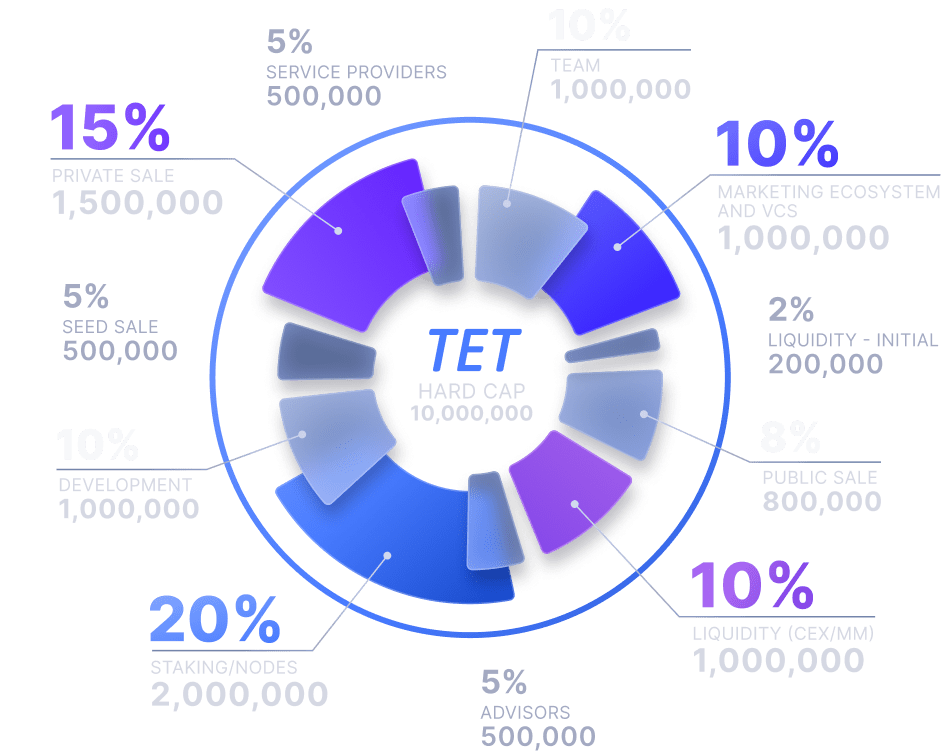
2. BEVM: EVM-compatible L2 on Bitcoin
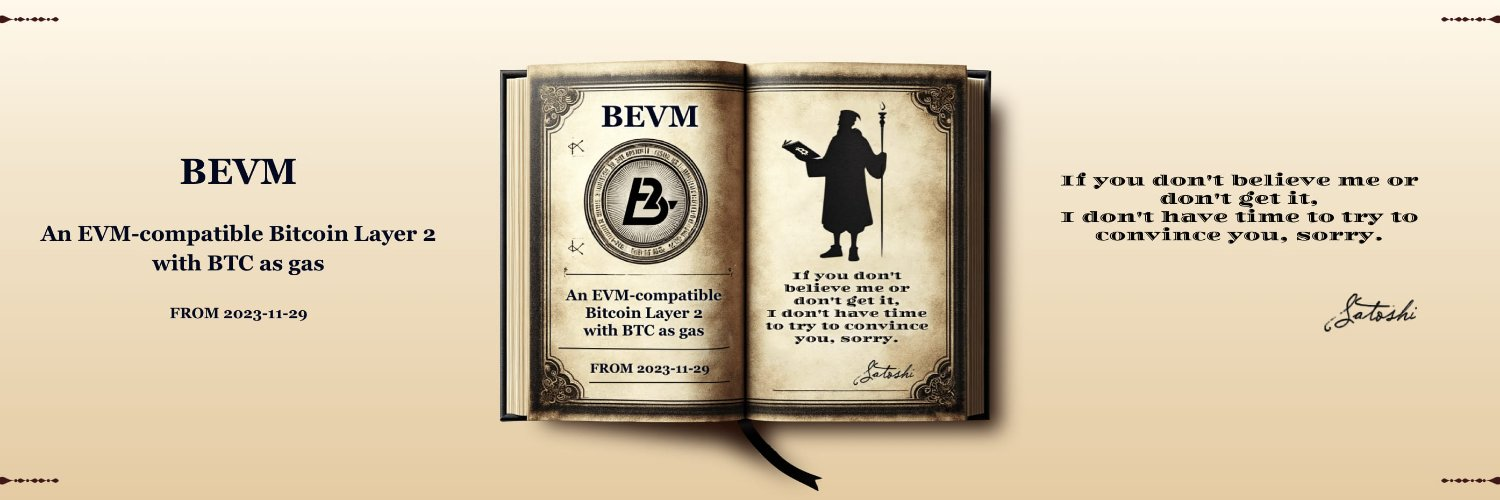
BEVM is the first fully decentralized EVM-compatible Bitcoin L2, supporting wallets such as Metamask, development frameworks such as Truffle/Hardhat, and the Solidity programming language.
At the same time, BEVM uses BTC as gas, and applications on Layer 2 will use BTC as gas. Most importantly, BEVM is fully compatible with EVM, allowing DeFi, GameFi, and other applications that the EVM ecosystem can run to seamlessly migrate to Bitcoin Layer 2. In the future, BEVM will also be compatible with more non-EVM Layer 1 networks, thereby expanding BTC and BTC chain assets to any chain, maximizing the expansion of the Bitcoin ecosystem.
Currently, the BEVM ecosystem includes:
BEVM BLOCKCHAIN EXPLORER: The official browser for BEVM, used to browse on-chain data.
BSWAP: A BTC-EVM DEX based on BEVM. It allows users to exchange BRC20 and ERC20 tokens.
BITBOX: A professional and comprehensive Ordinals inscription service platform.
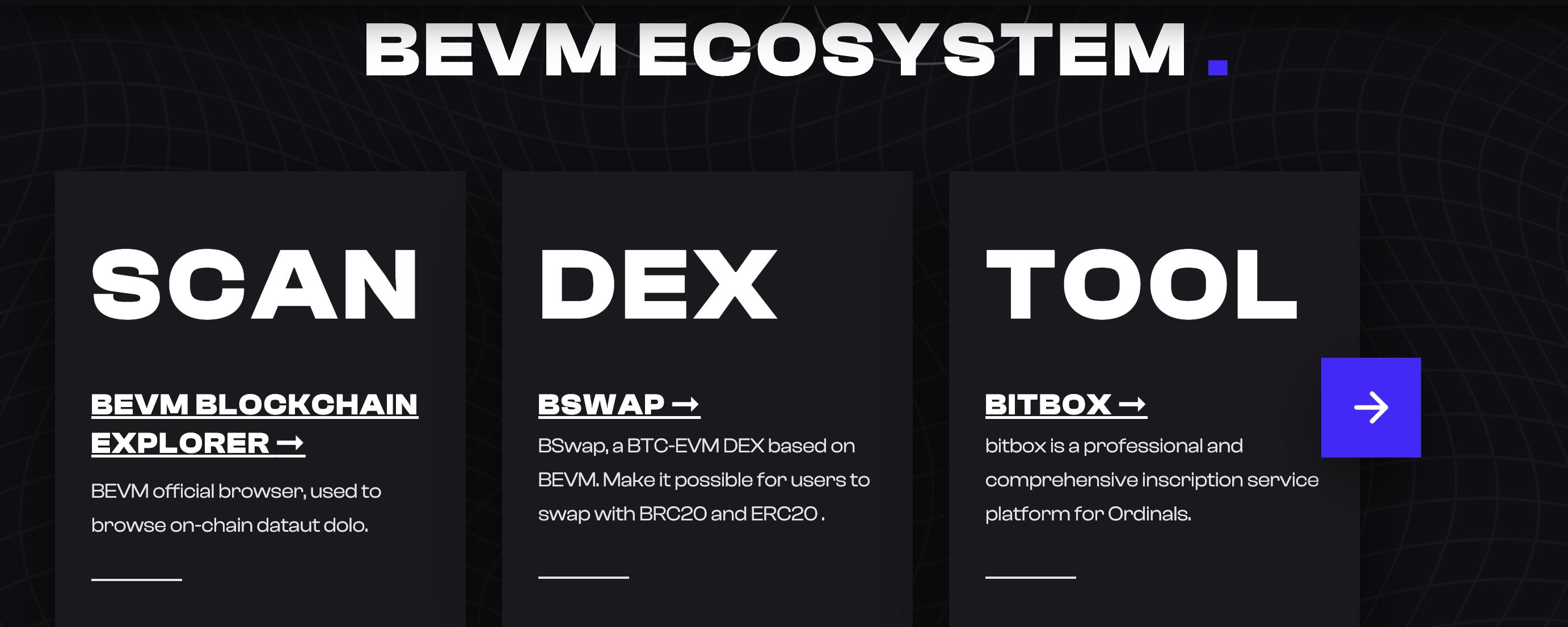
BEVM has not yet launched its token, but the official hint suggests that there will be an airdrop activity in the near future.
Therefore, trying the following methods may increase your chances of receiving the airdrop:
- Interact with BSWAP: As mentioned earlier, BSWAP is a DEX built on the BEVM network, where users can trade tokens and participate in LP.
Currently, BSWAP has various asset pools paired with BTC, mostly consisting of inscription assets such as Ordi and Sats.
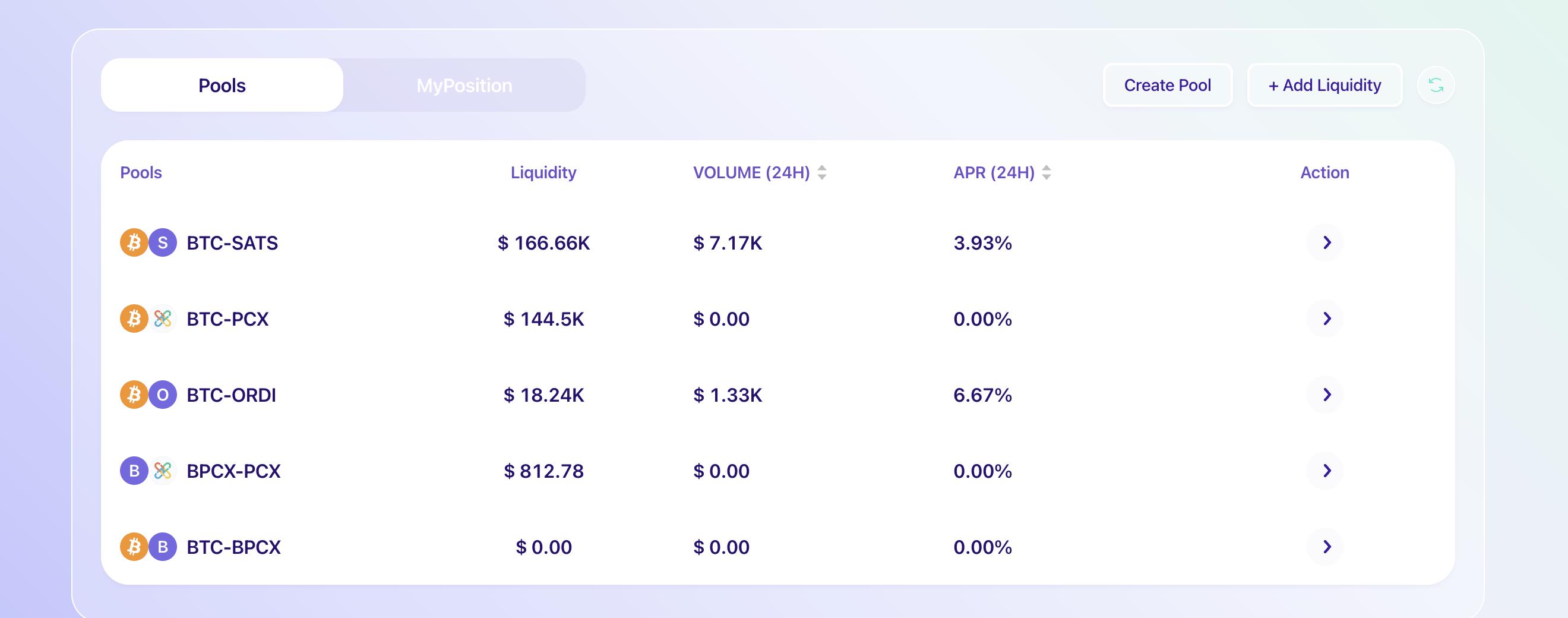
- Complete various tasks posted by the official on Zealy, such as following their social media accounts, joining the community, and going to the official Discord to obtain new roles.
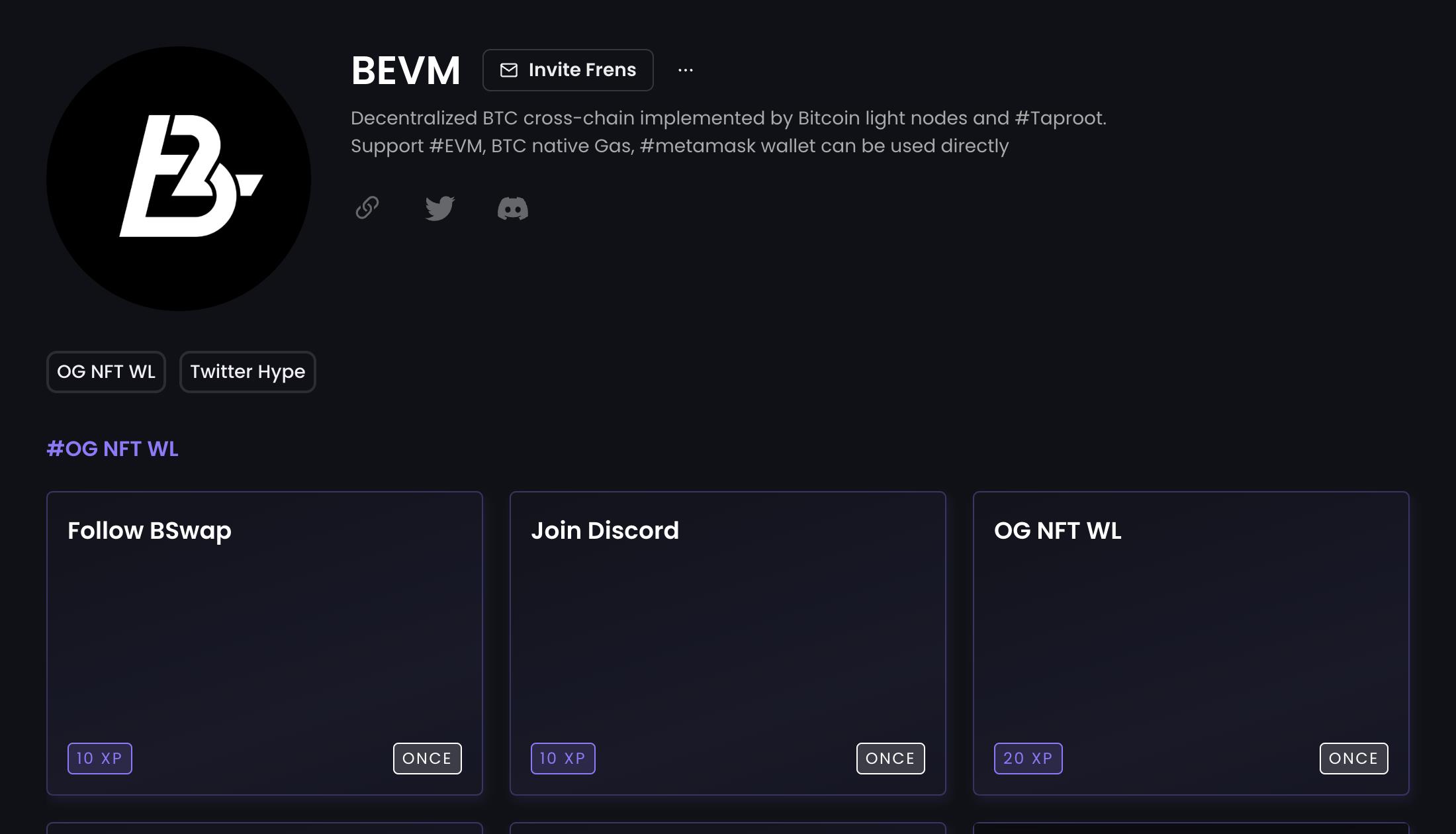
- Purchase the official whitepaper NFT inscription. Currently, the BEVM whitepaper has been made into an NFT inscription on the BTC network, with a quantity of 10,000. Buying this inscription may increase the chances of receiving the airdrop.
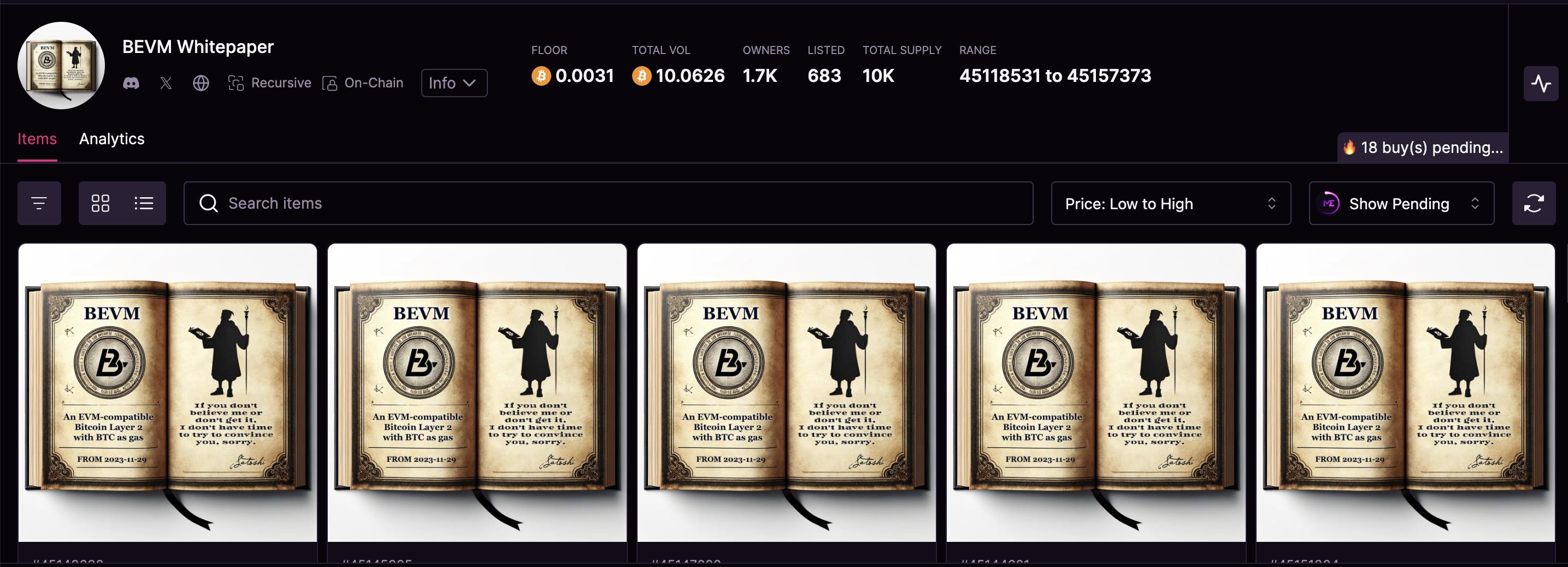
Overall, BEVM decentralizes BTC directly into the mature EVM, thereby reducing the difficulty of expanding the Bitcoin ecosystem. Tectum, on the other hand, solves the problem of high BTC transfer fees through a different bill system.
Although these designs may not seem very "orthodox," they bring a completely new experience to developers and users, allowing developers who were originally in the EVM or users who have no knowledge of BTC to seamlessly enter the BTC ecosystem.
The market will ultimately provide the answer to the choice between "orthodoxy" and "user experience."
免责声明:本文章仅代表作者个人观点,不代表本平台的立场和观点。本文章仅供信息分享,不构成对任何人的任何投资建议。用户与作者之间的任何争议,与本平台无关。如网页中刊载的文章或图片涉及侵权,请提供相关的权利证明和身份证明发送邮件到support@aicoin.com,本平台相关工作人员将会进行核查。




